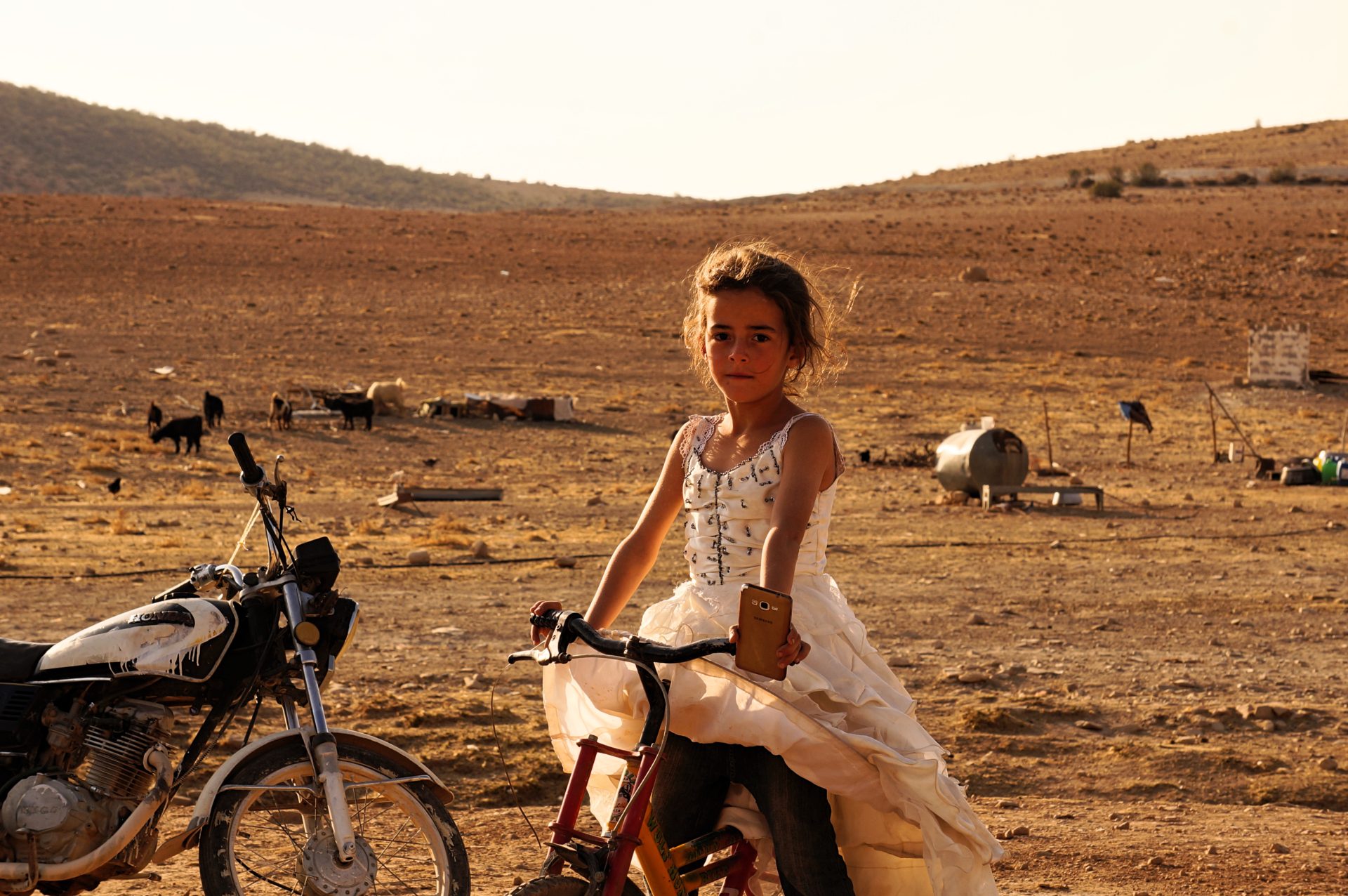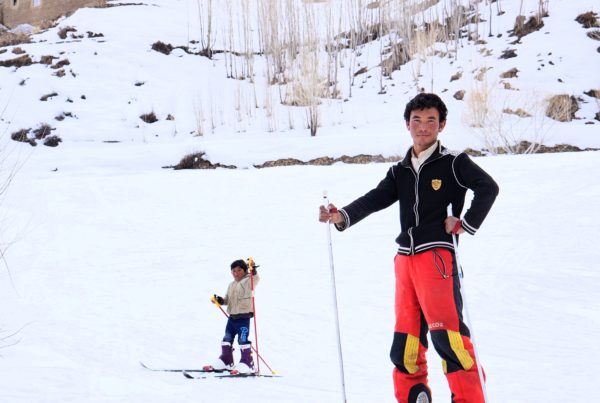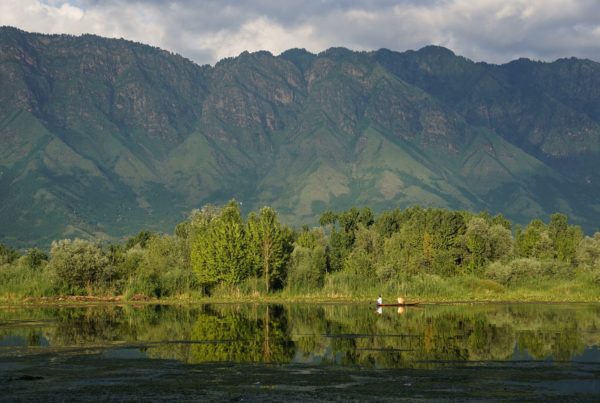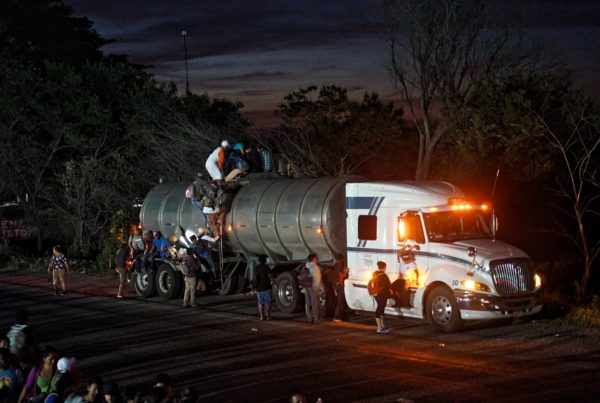In 2015, I travelled one hour north of Shiraz, to the base of the Zagros Mountains in the Fars Province of Iran, where I met the nomadic Qashqa’i people. They were once a fiercely independent people, but modernisation has meant that their traditional lifestyle is becoming extinct. This collection captures a nomadic lifestyle that may soon cease to exist.
It is believed that there are some 400,000 Qashqa’i in southwest Iran, although the number is unconfirmed. The majority of Qashqa’i people were originally nomadic pastoralists, but modernisation has seen new generations move to cities such as nearby Shiraz. Those who continue to live the traditional nomadic lifestyle migrate with their flocks twice per year between the summer highland pastures north of Shiraz, known as “Yailaq,” and the winter pasture lands to the southwest of Shiraz, “Qishlaq” – a distance of roughly 300 miles.
The Qashqa’i raise sheep, goats, and chickens to produce meat, dairy, and wool. They used to grow wheat crops and own camels and cows; however, a 15-year drought has sucked the ground of moisture and destroyed pastoral land, forcing the tribe to downsize. The Qashqa’i are known for their woven wool products and their carpets.
At the end of a hard day’s work, the men retire to a tent where we drink tea and home-brewed red wine, and eat fresh pistachios, rice, bread, and tough chicken served in fesenjan sauce of pomegranate syrup and ground walnuts. In the corner, the old men smoke opium.
If you are interested in exhibiting this collection, please contact me. You are also welcome to browse the collection of photographs on sale.



